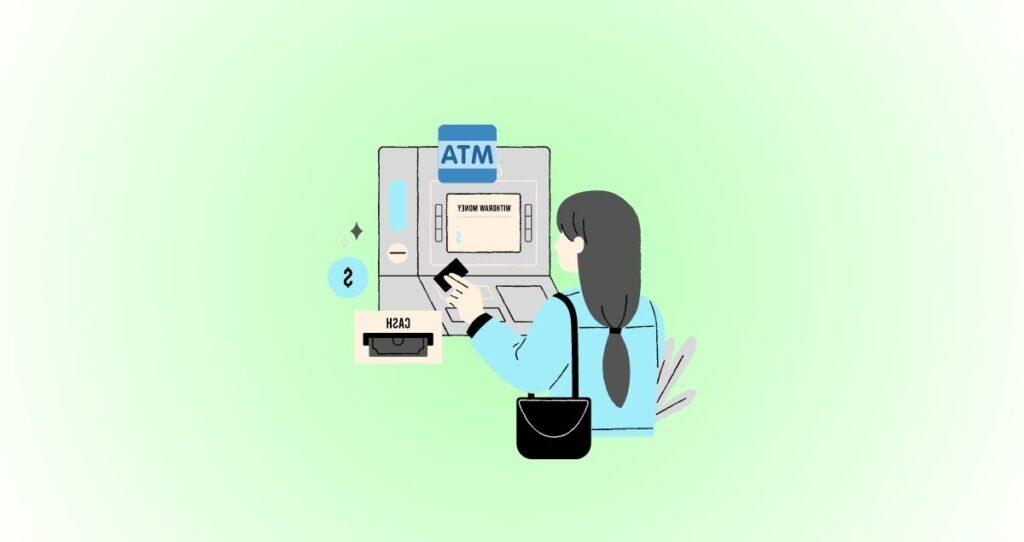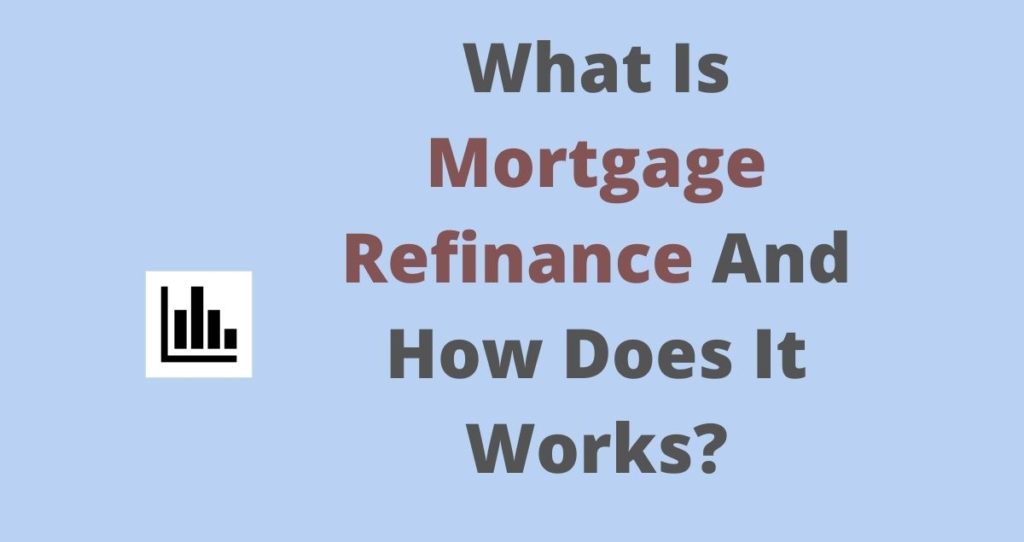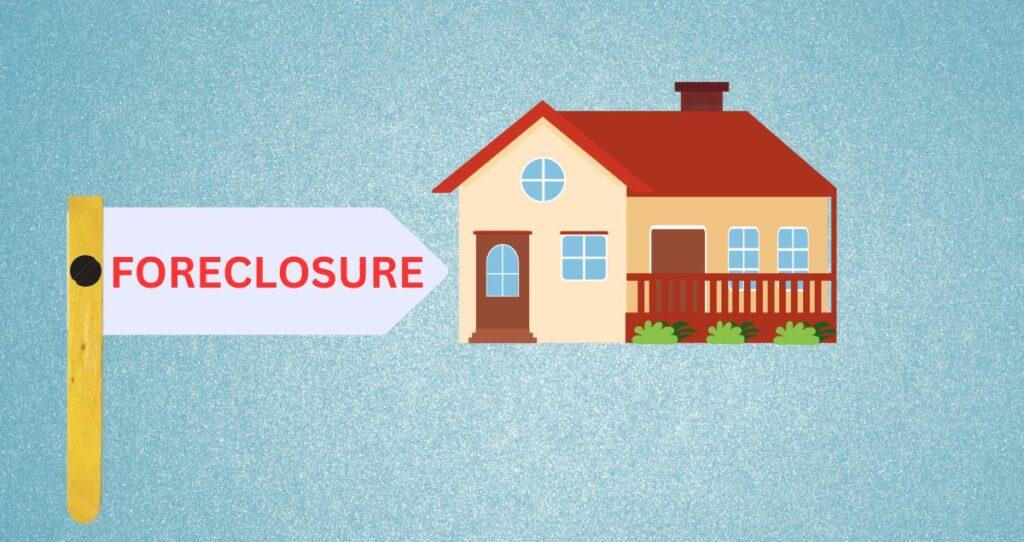Most people know about the FICO score because it is more commonly used than other credit scores. Aside FICO score, there are many other credit scores and one of the most famous ones is the VantageScore. The VantageScore is a credit score that gets reported by major credit reporting agencies(Equifax, TransUnion, and Experian). The VantageScore ranges from 300 to 850. Based on this range, the lowest VantageScore you can have is 300 whereas the highest score you can have is 850.
Just like your FICO Score, lenders use your VantageScore to assess your creditworthiness and the interest you pay on your loans. The higher your score, the less risky it is to lend you money, and therefore, the lower the interest rate you will pay.
Many versions of VantageScore were released over the years. The most common and widely used version is VantageScore 3.0.
What is VantageScore and how is it calculated?
Credit scoring models apply different weights to different information from your credit reports. These weights differ from one industry to another.
When calculating your VantageScore, major credit bureaus rely on the following information from your credit reports for VantageScore 3.0.
- Payment history (40%). Most credit scoring models consider payment history as the biggest factor that affects your credit score. This is because if you borrow money but can’t pay it off, you automatically become a risky borrower. Nobody should lend you money if you can’t pay it back. Your payment history affects your VantageScore calculations by 40%. If you are in the process of rebuilding your credit score, make all your payments on time all time.
- Age of your credit and credit mix (21%). The age of your credit is the average age of all your credit accounts. For example, if you have four open accounts with 1, 2, 3, and 4 years consecutively, the age of your credit will be the average of all these ages which is 2.5 years. The age of your credit affects your score by 21%. This factor also takes into account the mixture of your credit accounts. A good mixture means that you can navigate through different financial products.
- Credit Utilization(20%). Your credit utilization is the amount you have spent compared to the available credit. If you have a credit limit of $1,000 and you spent $400, your credit utilization will be 40%. Your credit utilization affects your score calculation by 20%.
- Total debt/total credit balance(11%). This factor accounts for the total amount of debt you have in all your accounts.
- New account activities(6%). New credit refers to the number of times you recently applied for new credit. For example, if you recently applied for a credit card, car loan, etc., this information will affect your credit score by 6%.
- Available credit(3%). The available balance on your credit accounts will affect your VantageScore by 3%. This factor does not have a lot of effect on your score but still, it can affect your score.
Who uses the VantageScore?
Just like any other credit score, lenders, insurance companies, landlords, and other companies that manage your accounts heavily use your score to assess your creditworthiness. Instead of reading your entire credit report, your credit score summarizes your behavior when it comes to debt management and how you behave financially. That is why lenders rely on your credit score when accessing your ability to pay off debt.
When you get approved for a loan, lenders also rely on your score together with other factors to decide the interest rate you will pay on the loan. A higher credit score comes with better rates.
You can also use your own VantageScore to assess how you are doing with your debts. If your score is bad, you will know there is something wrong with the ways you have been making financial choices. Maybe you have a late payment without knowing it. This information will be on your credit report and will result in a decrease in your credit score.
VantageScore vs. FICO Score: What is the difference?
Both FICO scores and VantageScore and popular credit scores are used by many lenders. The FICO score is widely used compared to the VantageScore.
These two credit scores consider similar factors when estimating your credit score. The factors considered are the same but each model applies different weights to each factor. Some factors are separated in the FICO score whereas they are combined in the VantageScore. For example, VantageScore combines the age of your credit and credit mix. The FICO score, on the other hand, separates these two factors and each factor gets its percentage.
The following are factors that affect your FICO score and their corresponding percentage on your score.
- Payment history: 35%
- Credit utilization: 30%
- Age of your credit: 15%
- New credit accounts: 10%
- Credit mix: 10%
All these factors are the same for both credit scores(VantageScore and FICO score). However, they are separate and given different weights. For example, your payment history accounts for 35% of your FICO score whereas VantageScore gives it 40%.
How to increase your VantageScore
Your credit score is very important in every financial situation of your life. Not only that lenders use your VantageScore to assess your creditworthiness, but some landlords also use it to decide whether they can take you as a tenant or not. Some companies also use your VantageScore or FICO score to give you a job or reject your application. This is why you must do whatever you can to keep your credit healthy and increase your score.
The following are tips you can use to boost your VantageScore.
- Make your payments on time
- Have the right credit mix on your credit profile
- Avoid excessive credit applications
- Keep your credit utilization low
- Get a line of credit increase on current accounts such as credit cards
- Get a free copy of your annual credit reports from three major bureaus and make sure that every piece of information in the report is correct and current. Dispute any errors and inaccuracies in your credit reports.
What are the ranges of VantageScore?
The VantageScore 1.0 and VantageScore 2.0 have a range of 501 to 900. The most recent score models, however, have different ranges and they are similar to FICO score ranges. VantageScore 3.0 and VantageScore 4.0 both range from 300 to 850.









